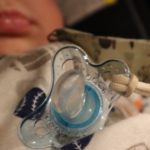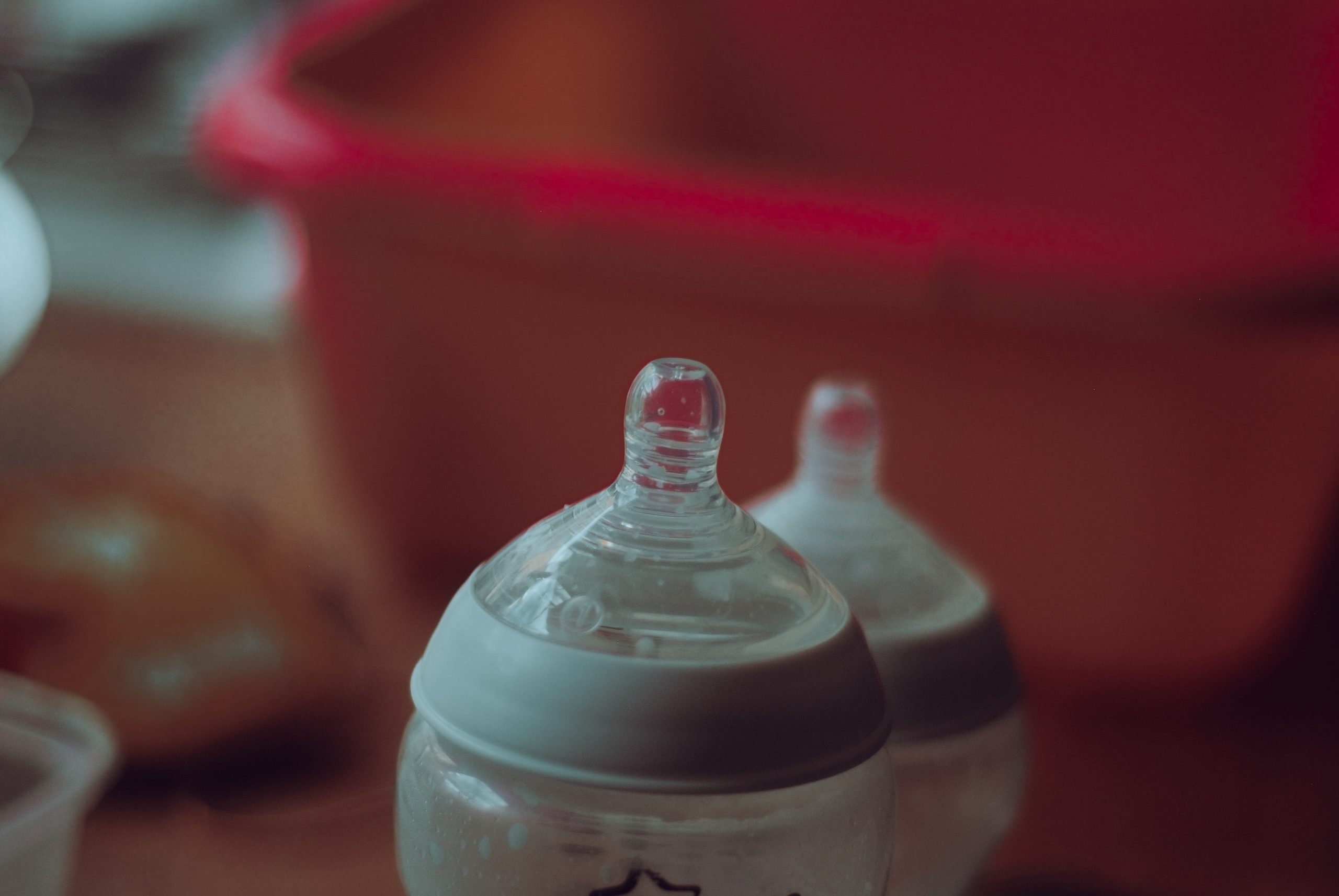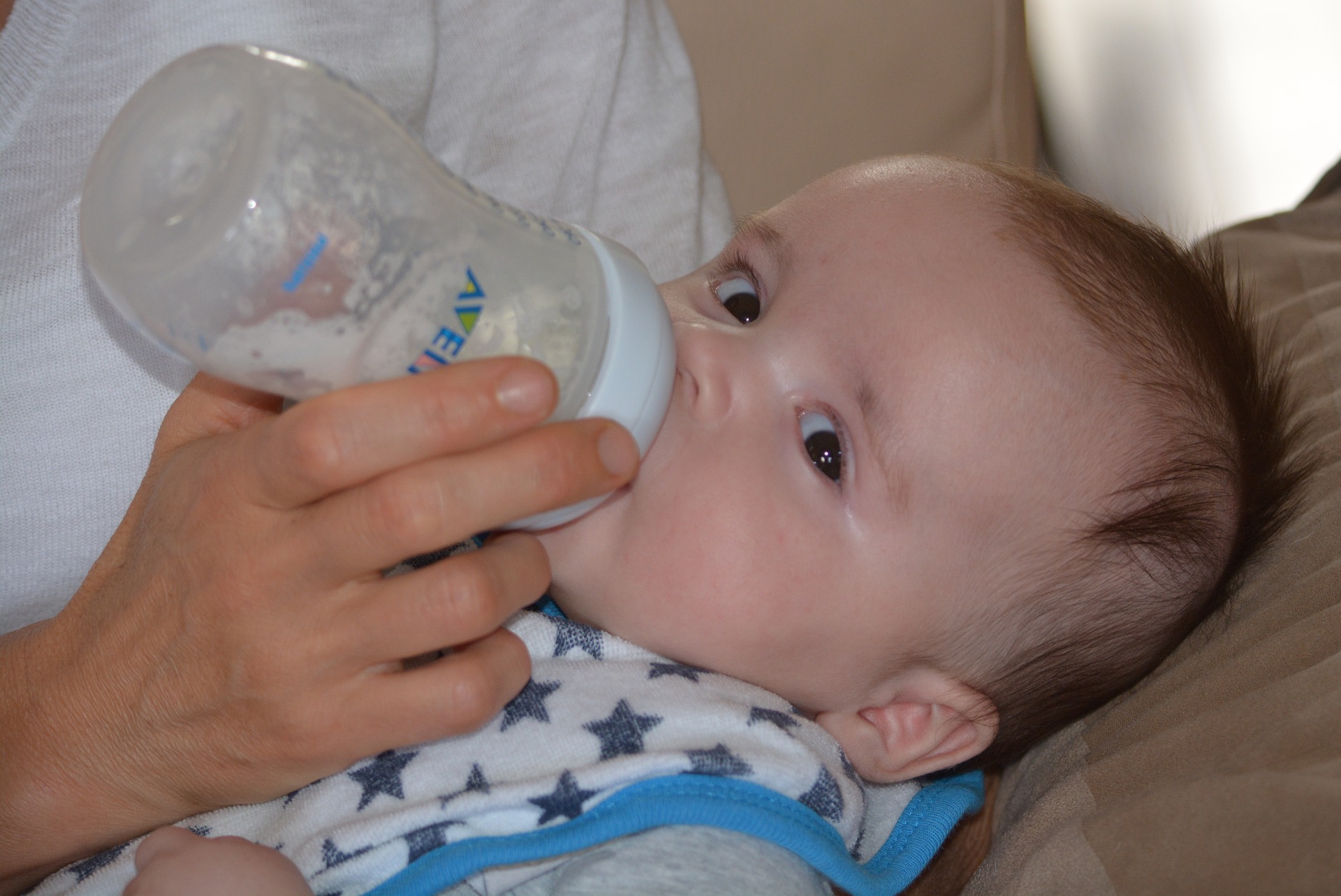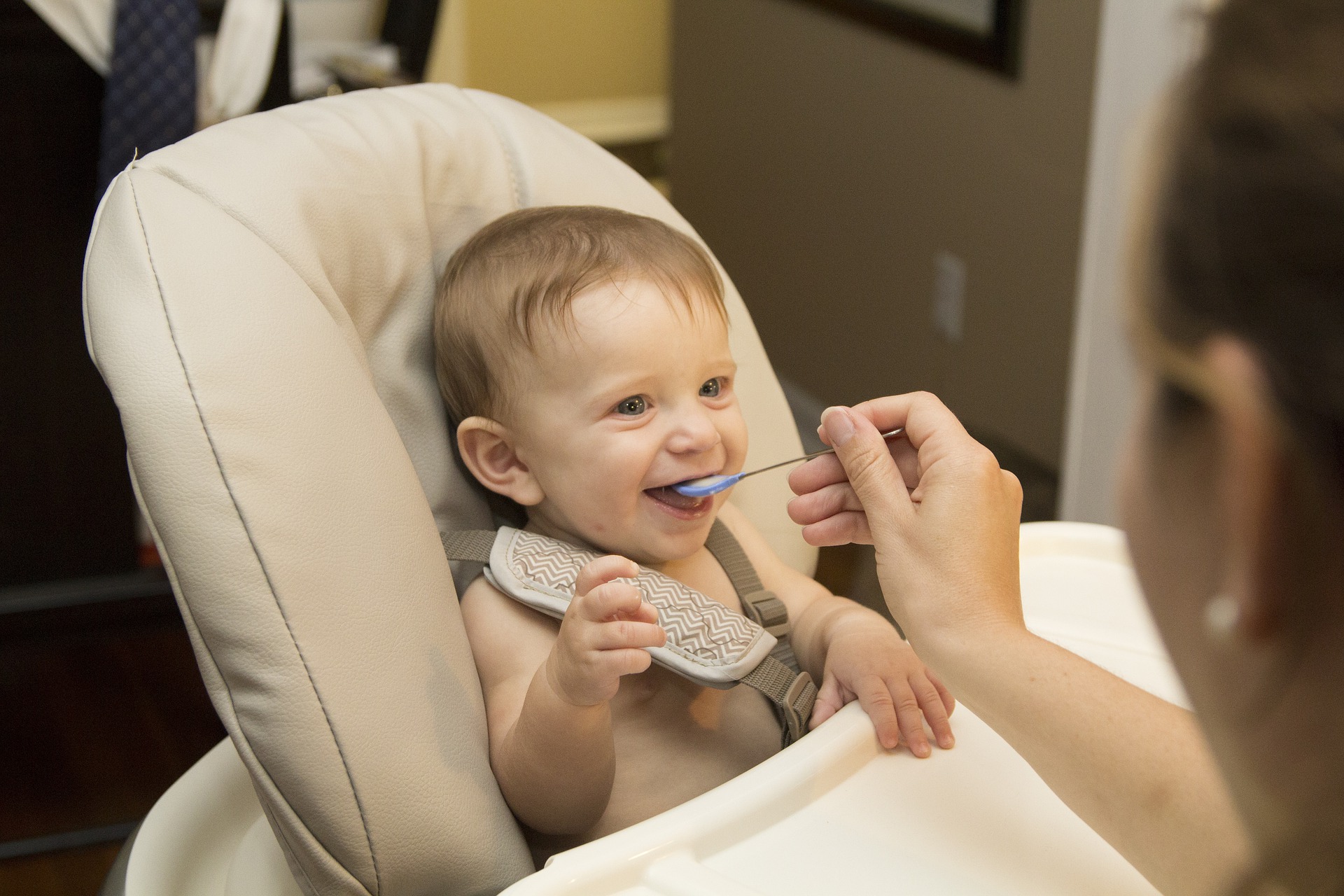When it comes to soothing their colicky infants at feeding time, many parents have found success with Dr. Brown’s bottles. Since 1996, parents have had a safe option in Dr. Brown bottles, which feature a vent system to prevent their infant from accidentally ingesting air when breastfeeding. But as your child develops, you might be curious about when to stop using Dr. Brown’s vent. It was a question that I was unaware of as well, when I was a young mother.
Table of Contents
- When Is It Safe to Stop Using the Dr. Brown Bottle’s Vents?
- The Dr. Brown Bottle Vent: How Does It Work?
- If You Don’t Have The Inserts, Can You Still Use Dr. Brown’s Bottles?
- Blue Vs. Green Dr. Brown’s Bottles (Options Vs Options Plus)
- When To Stop Using Dr. Brown’s Vent?
- Vent Inserts For Dr. Brown’s Replacement Vents
- What Happens If You Remove The Vent From Dr. Brown’s Bottle?
- Instructions for Venting Dr. Brown’s Bottles
- Final Thought
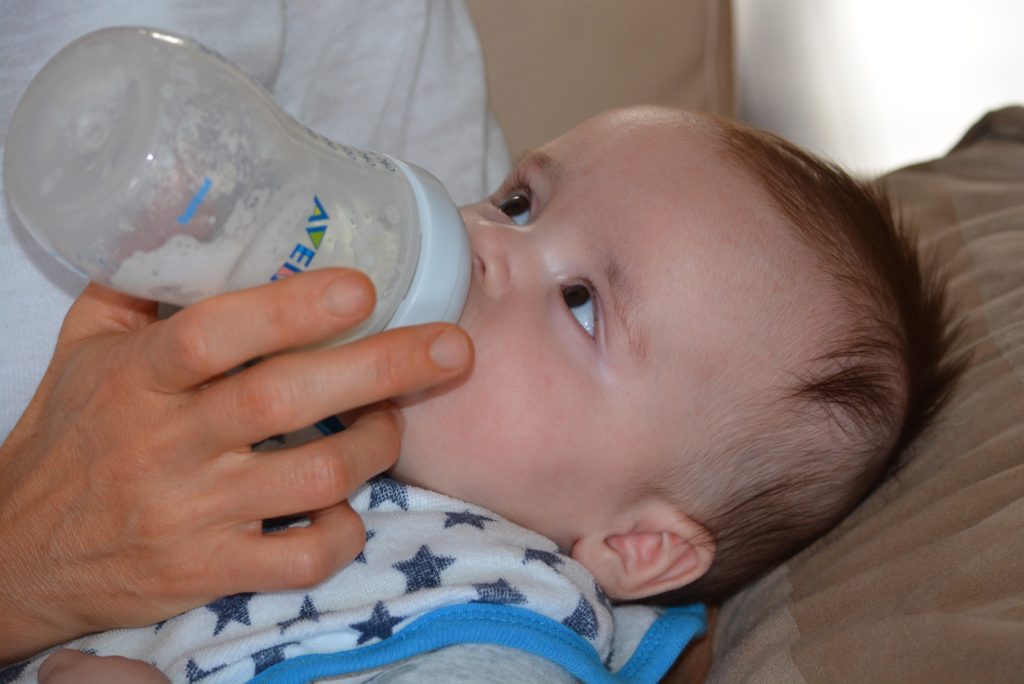
When Is It Safe to Stop Using the Dr. Brown Bottle’s Vents?
When your baby stops showing signs of discomfort when eating, such as burping, he or she no longer needs the Dr. Brown bottle vent. Adding solid meals will reduce gas bubbles, another sign that it’s OK to close the vents.
Good Read: How Much Rice Cereal In Bottle For 1 Month Old? The Safe Cut
The Dr. Brown Bottle Vent: How Does It Work?
It was quite challenging to care for babies who were colicky before the advent of anti-colic bottles. Good news: anti-colic bottles are made to cut down on the amount of air a baby takes in while being fed. Bubbles can escape from infant bottles with vents. When a baby uses a bottle without a vent, the air bubbles inside the bottle are consumed by the baby.
Dr. Brown’s bottle has an excellent internal vent system that directs airflow away from the contents. No air will be able to enter the infant’s stomach if both positive and negative air bubbles are removed. This extra air is the root cause of bloating, flatulence, and reflux. Fewer cries of pain and discomfort are heard during feedings as a result of these symptoms.
If You Don’t Have The Inserts, Can You Still Use Dr. Brown’s Bottles?
The primary goal of the insert is to keep the nipple free of trapped air. The inserts are necessary to utilize Dr. Brown’s Natural Flow bottles. The vents on Dr. Brown’s Bottles of Options are optional. All that has to be done is proper bottle assembly.
Blue Vs. Green Dr. Brown’s Bottles (Options Vs Options Plus)
There are two variations in the ground-breaking ventilation system.
The original bottles, often known as the Options bottles, have blue inserts. The green inserts are for the updated version of the Options bottles, called Options Plus. The inserts in both the green and blue bottles are transparent.
Dr. Brown’s Original bottles require the venting system to be utilized. If the ventilation system is removed, there will be serious leaks. To complete the vent system on the Original bottle, further assembly is required. You may want to consider the Options Plus bottle if you haven’t already done so, as it will make transitioning to sippy cups much less of a hassle as your child gets older.
Good Read: Boppy Lounger Vs Dock A Tot: What’s The Difference?
When To Stop Using Dr. Brown’s Vent?
New parents and others using this type of baby bottle for the first time may be curious about how long they should keep the vent open. You’d save a lot of time putting together the extra parts if you didn’t need to vent your milk when you fed your kid. The good news is that you won’t always need the inserts when using Dr. Brown’s bottle.
If you’ve been utilizing the vent on your Dr. Brown’s bottle, there are a few telltale signs that it’s time to quit.
Newborn Begins Consuming Solids

Eventually, when your child grows older and their digestive tract matures, you will feed them solid foods. Babies often begin eating solid foods at the 6-month mark. However, this isn’t a steadfast guideline because every infant is unique.
In contrast to when they were exclusively breastfed, babies who are introduced to solid foods take in far less air. You know your baby is ready for solid food when you feed them without them displaying the classic signs of colic. If you give your infant age-appropriate foods, you won’t have to deal with as much fussiness during mealtimes.
Independent Baby Sits Up
Babies often learn to sit up between the ages of four and six months. This sets them up to be able to burp independently. If they can sit up while eating, they take in less air and hence consume fewer calories. Baby can stop using the vent in Dr. Brown’s bottle once they can feed themselves while sitting up.
No More Colic Symptoms
You can see if the colic symptoms have gone away by not using the vent for a few feedings in a row. If there is no crying or any obvious pain, you can take the vent out entirely.
Good Read: How Long Does Pedialyte Last?
Vent Inserts For Dr. Brown’s Replacement Vents
The good news is that you can easily replace the vents on your Dr. Brown bottle if they become old or broken.
Dr. Brown’s Standard 8 oz. Bottle Replacement Vent Kit is readily available for purchase. A replacement disk, two vent inserts, a vent tube, and a handy storage cap are all part of the package. All of Dr. Brown’s 8-ounce wide-neck bottles can use these vent kits.
For 8-ounce Dr. Brown’s Wide-Neck Baby Bottles, this Replacement Vent Kit is a great option.
What Happens If You Remove The Vent From Dr. Brown’s Bottle?
To address your question quickly: yes, you can use Dr. Brown’s Options bottle without the internal venting device. When newborns’ feeding skills mature, some parents report a dramatic reduction in the stress and strain of feeding time. The key to avoiding leaks is a proper fit between the bottle’s components.
Just to be sure your Dr. Brown bottles don’t spill when you forget to insert the vent, we’ve provided these simple instructions:
- Avoid filling the bottle past its capacity. As a result, pressure will be relieved.
- Check the temperature of the liquid to make sure it isn’t too hot to pour into the bottle.
- It’s best practice to thoroughly combine the formula before pouring it into a bottle. This prevents the bottle from becoming too pressurized and the air from becoming trapped within during the mixing process.
- Care must be taken to avoid either over- or under-tightening the bottle cap. When you tighten something too much, you can create too much pressure, and when you tighten it too little, you can create leaks.
- Instead of reclining down when breastfeeding, try sitting up.
Good Read: What To Do With Old Breast Pumps? Ask Sharon
Instructions for Venting Dr. Brown’s Bottles
Read these! I assumed and learned a few messy lessons! Parents often express dissatisfaction with Dr. Brown’s bottles due to leakage. The main cause of this is improperly installed vents or a loose bottle cap. Properly relocating the vents of Dr. Brown’s bottle is essential. Properly installing the vents extends the life of the Dr. Brown bottle and reduces wear on its components.
This is the quickest and most efficient method for installing the vents:
- Follow the warming instructions for the bottle to a tee. Do not overheat the bottle.
- Put the reservoir on the insert and snap it shut.
- Get rid of the nipple and collar.
- Replace the reservoir with the bottle.
- Napple and collar should be positioned over the opening.
- Make sure there are no slack spots.
Final Thought
Baby bottles created by Dr. Brown, who has been in the business for over 25 years, are widely considered to be the most effective against colic and reflux. Also, Dr. Brown’s bottles are often recommended for use with infants experiencing colic or feeding difficulties. The good news is that after your baby’s colic and reflux symptoms begin to lessen, you can continue to give him or her formula in your baby’s preferred Dr. Brown bottle.
Many parents, however, worry that the bottles will leak if they are used without the vents that Dr. Brown included. We recently published an article addressing the problem of leaking Dr. Brown’s bottles.
Remove the vents for a few feedings and observe your baby’s reaction. When your baby is ready to feed without the vent, you will notice that he or she is no longer exhibiting the typical symptoms of fussiness associated with feeding. At that point, preparing meals will be a breeze.
Thanks for reading!
Sharon Dunn


